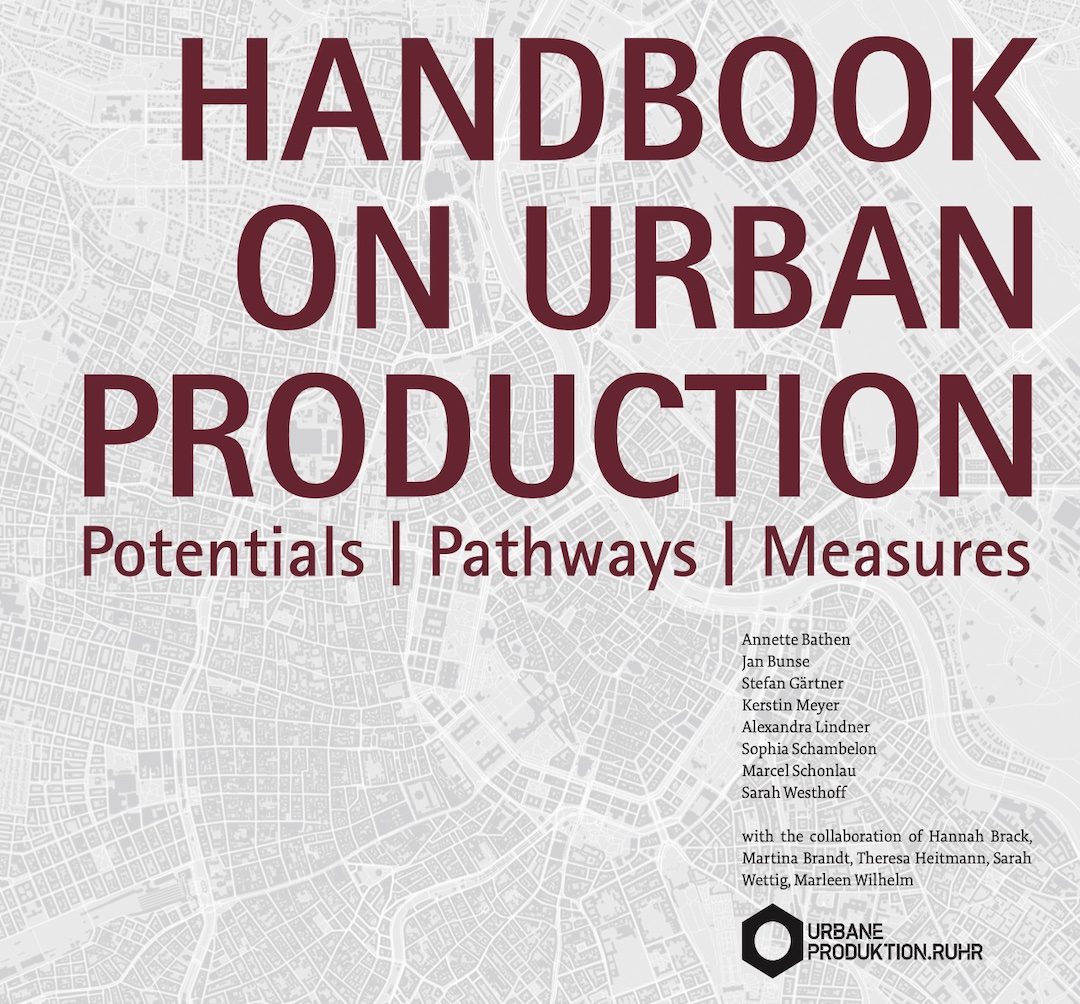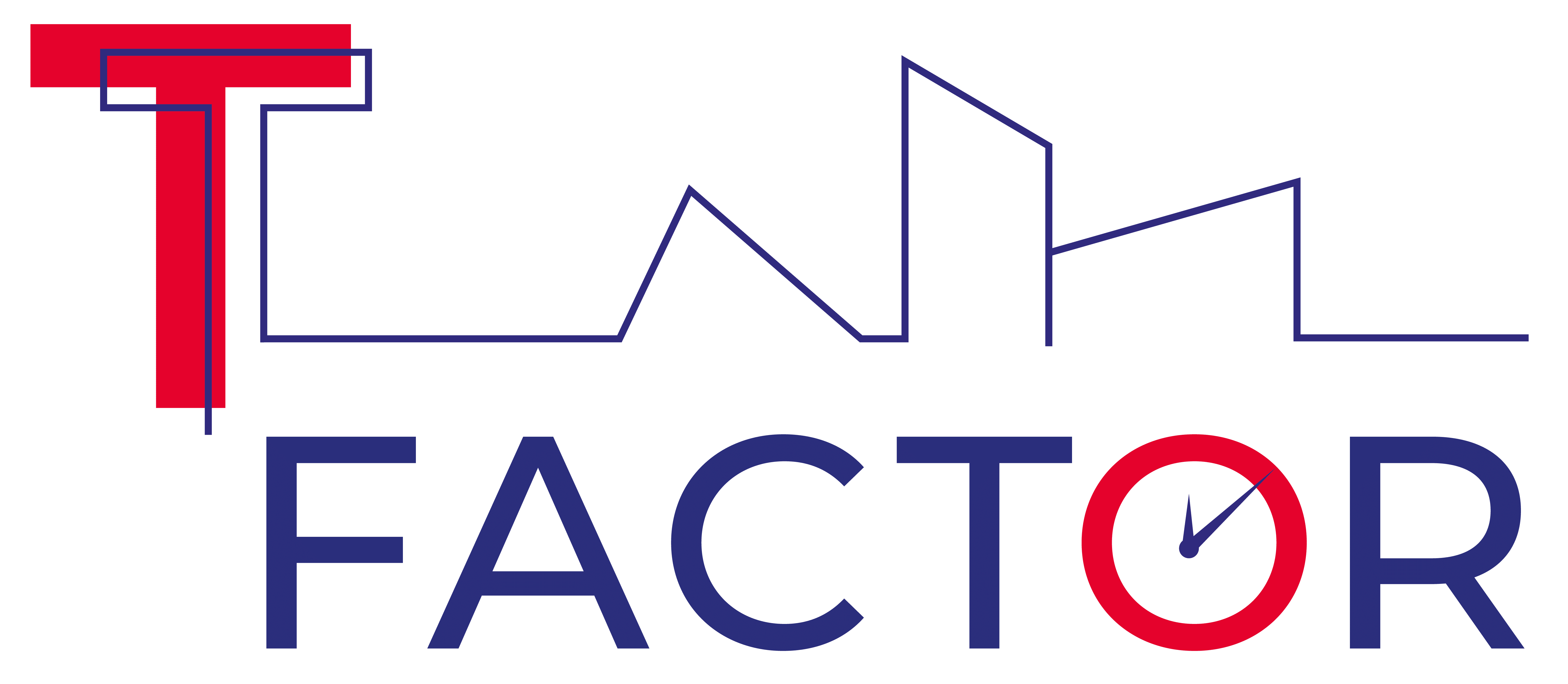T-Lab 2 “Urban Production”, Alejandra Castro, Nicole Panitz und Eva Wascher.
The Potential of Urban Production
The great challenge for our cities is to become more socially just, ecologically sustainable and at the same time, more productive under the conditions of globalisation. Urban production can provide answers to these challenges. Urban agriculture, urban manufactories and urban industry contribute to making city districts more attractive and opening up new economic perspectives. There are already numerous examples of successful urban planning implementations and established businesses in urban areas.
Research about Urban Production Living Labs
In the joint project UrbaneProduktion.Ruhr, funded by the German Federal Ministry of Education and Research (BMBF), research was carried out into whether and how it is possible to bring production back to the city. First, a theoretical analysis phase took place, exploring Europe-wide examples of the rediscovery of the manufacturing sector through urban development and economic promotion. Afterwards, selected measures were tested in the Ruhr region (Germany). Though, despite the positive examples, a wide range of measures are necessary for the comprehensive and targeted promotion of urban production in municipalities: In addition to preparatory analyses, a strategic orientation for the development of a productive city and the formation of a corresponding local political attitude, support measures for businesses and democratic participation of residents are required. A key success factor is the closer integration of economic development and urban development.
The Handbook on Urban Production
The aim of the handbook is to provide municipal actors with concrete tools that can be used to keep and locate production in urban areas. Following an introductory chapter on the initial situation and transformational challenges of urban spaces, a brief overview of the essential understandings and contexts of urban production is given (Chapter 2). The authors explain how production is defined, when production can be considered urban production and which relevant types of urban production companies exist (chapter 2.1). Based on this, the potentials of urban production are outlined, which arise for municipalities – especially neighbourhood development – as well as for companies and employees (chapter 2.2). The ambivalences that partly confront the potentials are then discussed (chapter 2.3). A toolbox builds on the basis created in this way (Chapter 3). On the one hand, it contains measures that aim to create favourable framework conditions for urban production, primarily at the strategic level (Chapter 3.1). On the other hand, the toolbox contains measures that focus on the direct support of producers and entrepreneurs in urban areas (chapter 3.2) as well as measures that intend to create favourable productive conditions for urban production enterprises (chapter 3.3). Finally, the findings and recommendations presented are reflected upon (Chapter 4). In order to get an impression of the many facets of urban production, various inspirations follow in the form of short company presentations (chapter 5).
The Handbook on Urban Production was originally published in December 2019 in German. The translation was carried out under the direction of TU Dortmund University, Social Research Centre, and Dortmund Economic Development Agency, Social Innovation Center, as part of the T-Factor project (April 2022). Editors: Alejandra Castro, Nicole Panitz and Eva Wascher.
Please cite as:
Bathen, Annette; Bunse, Jan; Gärtner, Stefan; Meyer, Kerstin; Lindner, Alexandra; Schambelon, Sophia; Schonlau, Marcel; Westhoff, Sarah (2019): Handbook On Urban Production. Potentials, Pathways, Measures. (translated by TU Dortmund University). Edited by Alejandra Castro, Nicole Panitz und Eva Wascher.



